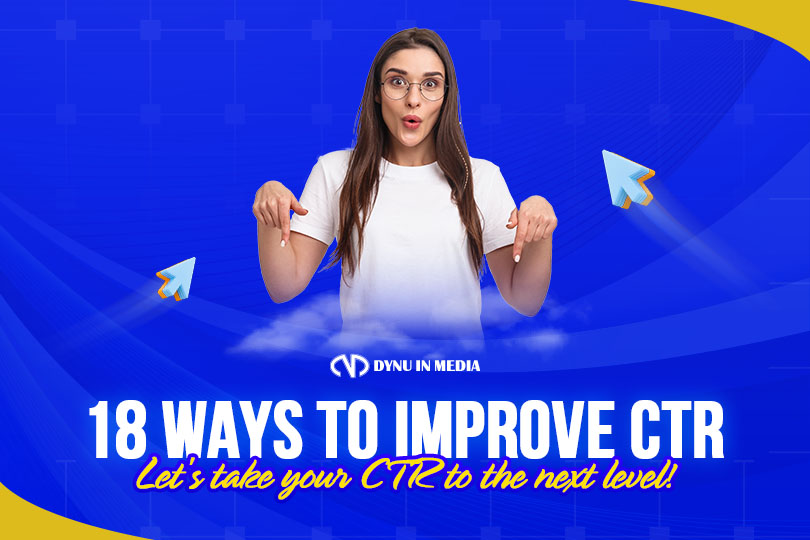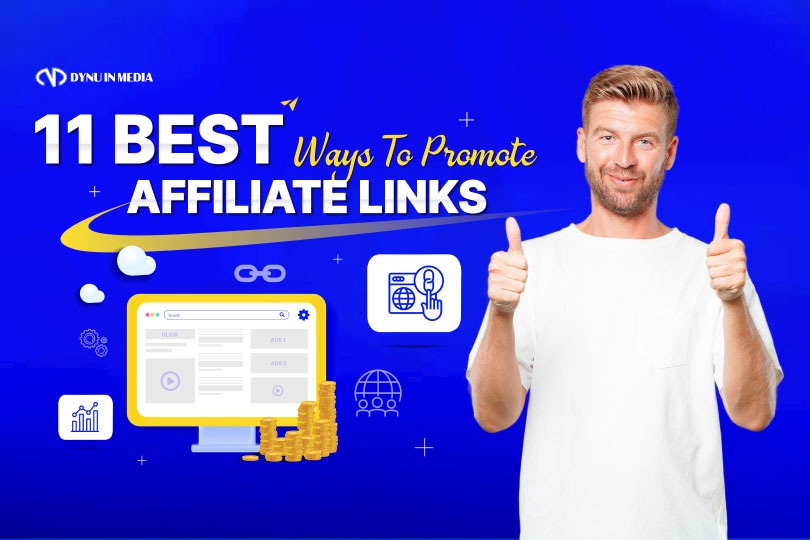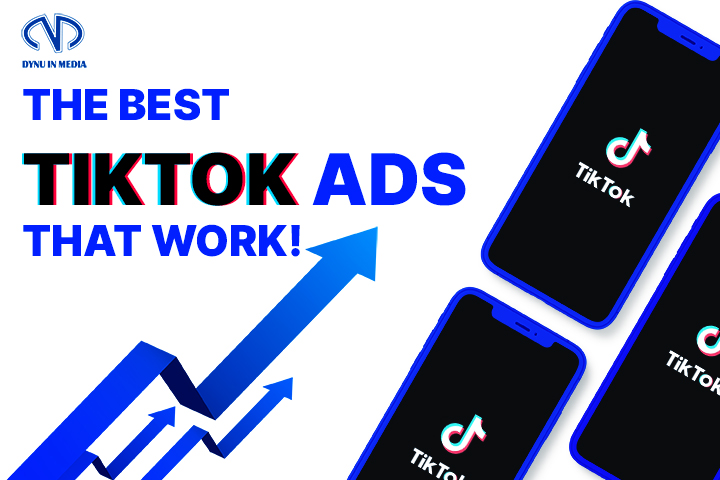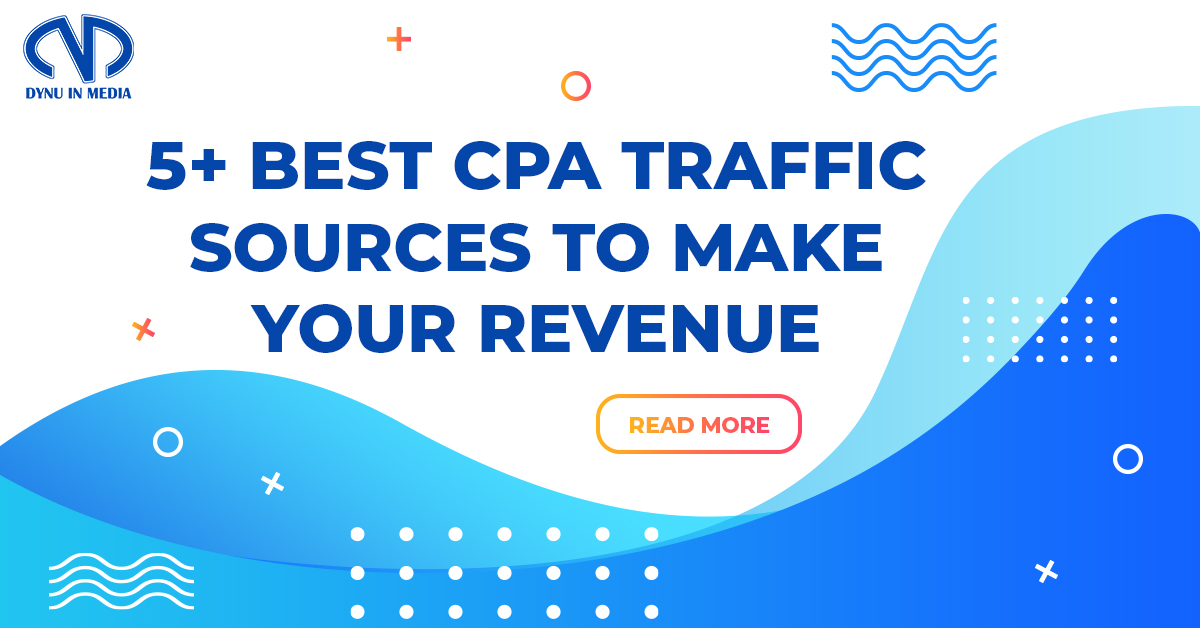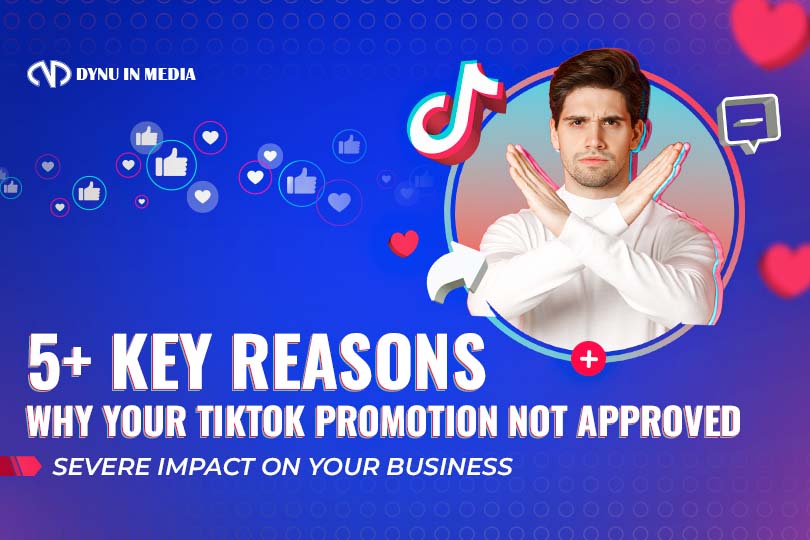Squeeze Page vs. Landing Page: What’s the Difference?
Need to be more sure of the difference between a squeeze page vs landing page? Dynu In Media has got you covered in this article about their comparison. Get an in-depth look at how each page serves its purpose, plus tips on choosing the right one for your business. Stop wondering and start growing!

What is a Squeeze Page?
Let’s start with the definition of squeeze page. A squeeze page is a type of landing page whose primary purpose is to gather email addresses from site visitors and possible clients. Squeeze pages are created to “squeeze” visitors into giving their email addresses using incentives, scarcity, and other psychological methods.
They function as a part of an email marketing campaign when specific messages are sent to potential customers. In order to prevent attention, these pages have as few links as feasible.
What is a Landing Page?
Next, we want to show you the definition of a landing page. A landing page is a specific web page designed to achieve a particular conversion objective.
This generalization has a few caveats. Instead of focusing on just one conversion target, it may make more sense to have two, with one taking precedence.
Landing pages function as intermediate points between the main sections of your site. These pages exist independently but work together to move visitors along a funnel.
If a buyer is still on the fence about making a purchase, a landing page will usually provide more information than a squeeze page. They are also useful for spreading the word about sales and other promotions.
Squeeze Page vs Landing Page: Are There Any Similarities?
The similarity between the squeeze page vs landing page is that both pages allow you to collect useful information from site visitors. Although they may use different approaches or depths of content to do so, they both broaden your understanding of your potential clientele.
The fundamental layout of these pages is similarly consistent. Both of them are independent websites that serve as mini-destinations within your main website. A title, body text, and a call to action are the fundamental elements of both squeeze pages and landing pages.
In addition, a confirmation or thank-you page typically follows forms to let users know their submission was successfully processed. Positive customer connections can be sparked by the smallest of gestures.
What’s the Difference Between Squeeze Page And Landing Page?

The squeeze page and landing page are different in three things: Page length and format, information captured, and goals. Here are the details:
Page Length and Format
Page length and format is the first major difference between a squeeze page and landing page. Squeeze pages can be distinguished from landing pages by their shorter length and more conventional layout.
Although landing pages can contain more information, they are often longer than squeeze pages and are organized to place the most important details in a prominent position. Even if there’s more content on the page than usual, the layout will emphasize what matters most to the buyer.
On the other side, squeeze pages are expected to be condensed and straightforward in design. They usually feature less information and are simply one main focus for the customer. A squeeze page is meant to collect information quickly.
In most cases, a squeeze page will include equally convincing material to convince a visitor to enter their data. They will see a header, a few lines of text explaining why they should sign up, and a place to submit their personal information. Simple as entering some text and clicking a button, not much to ponder.
Information Captured
The second point compared to squeeze pages and landing pages is the information both captured. Squeeze pages can only collect little data. They are more common at the outset of a customer’s interaction with your company or its products.
Landing pages can be made to collect more detailed information, allowing for more precise targeting of specific consumer subsets. If you already have a list of clients’ email addresses, you can use it to your advantage by creating a landing page tailored to their needs.
Or, if you want to target a specific audience with a special offer, you may tailor a landing page to their needs by including only the most relevant material and the appropriate fields for collecting their data.
Goals
The third major difference between the two pages is their goals. A squeeze page works best when it has a specific and focused objective. In exchange for providing a name and email address, the visitor will be free to continue exploring your site.
If you’re trying to inform, persuade, or drive a visitor into the next phase of your marketing funnel, a landing page is where you should focus your efforts. Landing page content tends to be more in-depth, which means it can be more purposeful and boost customer engagement. This can push clients in the direction you want them to go, which hopefully ends with a purchase.
Alright, we collect all the points between the two pages in the table below. You can check it out here.
| Squeeze page |
Landing page |
| Short and direct to the point | Vary in length |
| Have one or two form fields: email and name | Several form fields to collect as much lead data as possible |
| Keep things simple to avoid visitors overthinking | Usually have extensive graphics, information, and social proof |
| Do not receive traffic from email sources | May receive traffic from numerous sources, including email |
| Used early in the buyer journey | Used at any points in the buyer journey |
| Include two form fields (for lead generation) | Can be click-through (via a button) |
So, what is the main difference between the squeeze page and landing page? Landing pages contain information about a product or service to encourage conversions, while squeeze pages only focus on collecting contact information (such as an email address or name).
Squeeze Page vs Landing Page: Which One Should You Choose?
The decision can be simple when you’ve thought about what you want to accomplish, the format you’d like to employ, and the data you need to record. It’s crucial to think about where the customer is in their journey. Squeeze pages are most effective at the beginning of the client journey while landing pages can be used at any time.
Have you got a clear on the difference between a squeeze page vs landing page? Learning the key differences between these two marketing tools and how they can help you reach your goals with ease is a good thing to take advantage of their functions. Dynu In Media hopes you grab all the information we give in that article. Finally, we wish you success!



